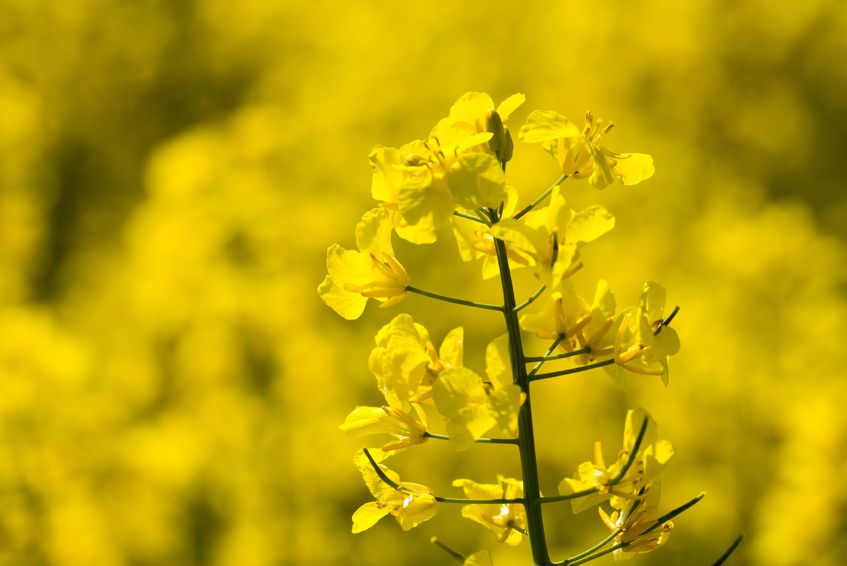
A sclerotinia risk alerts service will again run this season to help growers better target sprays as oilseed rape begins to enter its critical flowering period.
The web-based service, created by AHDB, uses a traffic-light system to highlight areas where weather conditions are currently, or are forecast to be, suitable for the sclerotinia pathogen to infect crops.
Covering other key infection information, such as spore pressure data, the service can help focus monitoring efforts and guide the application of protectant fungicides.
The disease affects crops such as oilseed rape, lettuce, carrot, vegetable brassicas, peas, beans and potatoes.
In oilseed rape, sclerotinia can cause yield losses of up to 50 percent.
Catherine Harries, who manages disease research at AHDB said: “In 2020, our analysis showed that the sclerotinia forecasts were around 96% accurate, with only around 2% false negatives.
“Forecasts are never perfect, but we are encouraged by the results. Information on the presence of spores, weather and crop growth stage can really help target sclerotinia sprays.”
Recent AHDB-funded research found that decisions based on sclerotinia inoculum levels and weather-based infection risk resulted in 26% fewer crops needing treatment.
Typically, the optimum time for a single spray is just before mid-flowering on the main raceme and, since fungicides have protectant activity, should be applied prior to an infection risk alert, AHDB said.
Persistence of full-dose fungicides is approximately three weeks. If a spray is made earlier, or if the flowering period is extended, a second spray may be required under conducive infection conditions.
